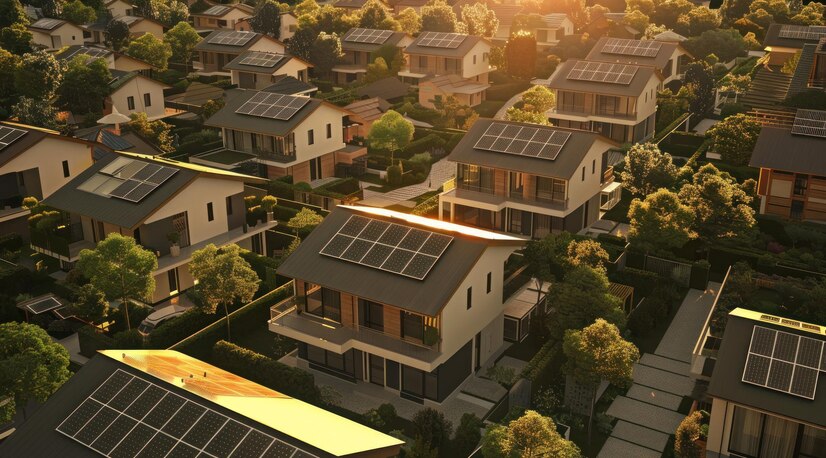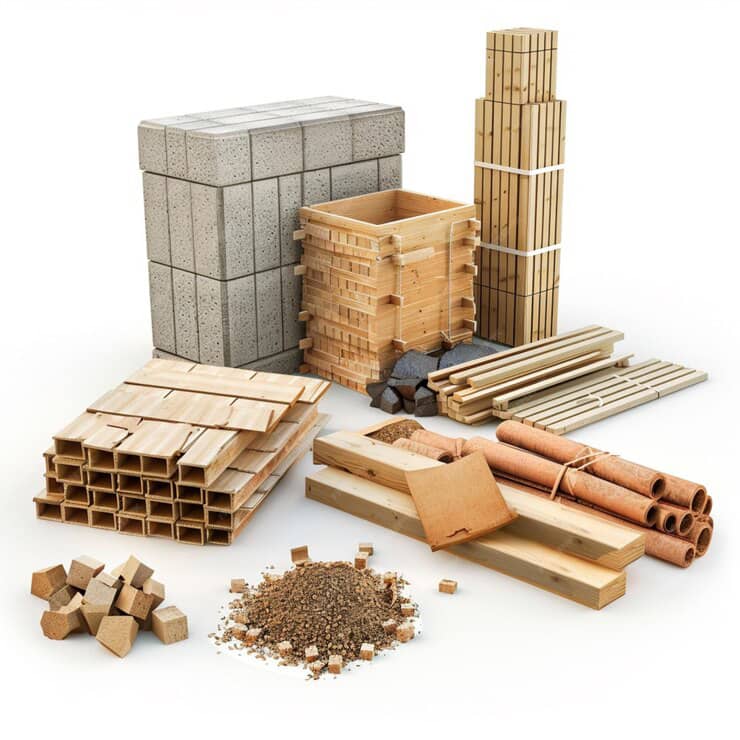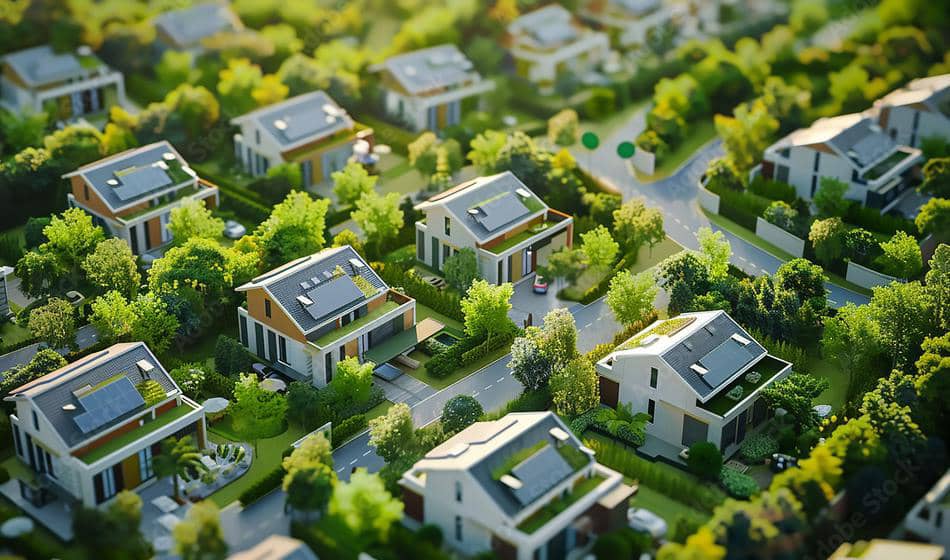A report from ADEC ESG disclosed that electricity from renewable energy sources produces between 90 – 99% less greenhouse gases (GHGs) compared to coal-fired plants and causes 70 – 90% less pollution. The article then concluded with the submission that focusing on renewable energy sources. Today’s environmental landscape is one that rapidly evolves, and in this case, renewable energy stands as a beacon of hope for a sustainable future. Sustainable real estate has emerged as a pivotal trend in the building and housing industries.

As the world grapples with the challenges of climate change and resource depletion, the focus has shifted toward creating homes and commercial properties that are not only efficient and eco-friendly but also conducive to healthier living. Sustainable real estate covers a wide array of practices and principles aimed at reducing the environmental impact of buildings while enhancing their overall performance and occupant well-being.
Core Principles of Sustainable Real Estate
One of the core principles of sustainable real estate is energy efficiency. Modern green buildings are designed to minimise energy consumption through various means, such as superior insulation, energy-efficient windows, and the integration of renewable energy sources like solar panels. These measures significantly reduce the dependency on fossil fuels, lower utility bills for occupants, and decrease the carbon footprint of the building. Additionally, many sustainable buildings utilize smart technology to monitor and optimise energy usage, ensuring that no energy is wasted.

Water conservation is another critical aspect of sustainable real estate. Innovative solutions, such as rainwater harvesting systems, low-flow fixtures, and greywater recycling, are increasingly being incorporated into building designs. These technologies help reduce water consumption and promote the sustainable use of this precious resource. Moreover, sustainable landscaping practices, such as xeriscaping, which uses drought-resistant plants, further contribute to water conservation efforts.
Material Selection for Sustainable Real Estate
Material selection also plays a vital role in sustainable building practices. Using sustainable, non-toxic, and locally sourced materials helps minimise the environmental impact of construction. Materials such as reclaimed wood, recycled metal, and bamboo are becoming more popular due to their lower environmental footprint than traditional building materials. Additionally, sustainable real estate often involves the use of modular and prefabricated construction methods, which can significantly reduce waste and construction time.

Indoor environmental quality is a crucial factor in sustainable real estate. Green buildings prioritise the use of non-toxic materials and finishes, ensuring that indoor air quality is not compromised. Proper ventilation systems and the use of natural light are also emphasised to create healthier and more pleasant living and working environments. Studies have shown that buildings with good indoor environmental quality can enhance occupant health, productivity, and overall well-being.
Impact on Community and Infrastructure
Beyond the building itself, sustainable real estate extends to the broader community and infrastructure. Sustainable urban planning and the development of green spaces are essential components of creating sustainable communities. These practices encourage walkability, reduce reliance on automobiles, and promote social interaction and cohesion. Moreover, sustainable real estate projects often incorporate features such as bike racks, electric vehicle charging stations, and community gardens, further promoting environmentally friendly lifestyles.

The economic benefits of sustainable real estate are also noteworthy. While the initial investment in green building technologies and materials may be higher, the long-term savings in energy and water costs, along with the potential for higher property values, make it a financially sound choice. Furthermore, sustainable buildings are increasingly in demand among environmentally conscious buyers and tenants, ensuring a competitive edge in the real estate market.
